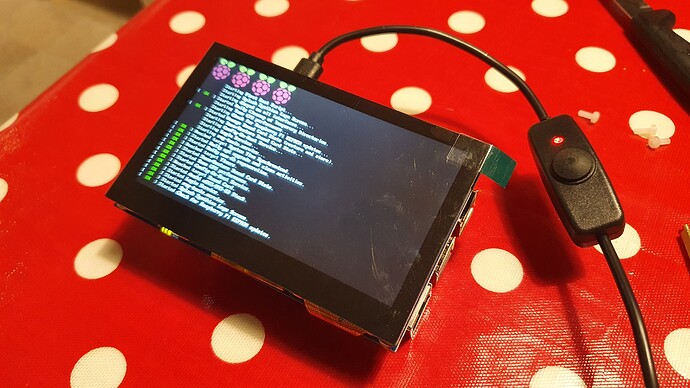Hello all!
I’m contemplating making a Zynthian as it sounds like it might do many of the things I’d like. Ideally what I’m after is something to expand the capabilities of my current digital piano (Roland HP505), which has some nice piano and strings sounds but any of the more diverse sounds (eg GM banks etc) are fairly basic, and not too accessible, buried in 1 huge list of sounds that needs to be manually scrolled thru on a single line display. I’ve used the Pianoteq synth via my win10 laptop and love it, except for slight latency issues. I’ve listed below the key things i’d hope to get out of the Zynthian and would be keen to hear feedback from users on how well my expectations might be met:
*Live performance (just playing casually for my own enjoyment) use with Pianoteq, to give a new set of high quality piano sounds
*Live performance using soundfonts (SF2/SFZ) to complement the set of voices available in my piano
*Simple midi recorder that saves as .mid files
*Multi-track midi recorder - can Zynthian do this?
*General mess-about live-performance toy for playing with synths and sounds
*Sort-of “effects pedal” for electric guitar/violin
I have access to a Raspberry Pi 4, so am contemplating the self-build route rather than the nice official kit. My piano has a USB midi interface so presumably I can use this instead of the classic 5pin DIN MIDI interface? In searching and reading a few other threads on here it seems that will work, but I’m not 100% sure. Also, the official kit has 4x rotary controllers that interface via the screen module. I presume there’s a way to have rotary controllers if a different screen is used? (I have my eye on a 5" HDMI touch panel).
Lots of questions! If there are some discussion topics that answer these then please point me in their direction. I’ve made a few searches and found some useful info so far, but still have plenty to learn!





 .
. will be due imminently (significance of monocled frown finally landed with me after reading some other posts
will be due imminently (significance of monocled frown finally landed with me after reading some other posts  )
)